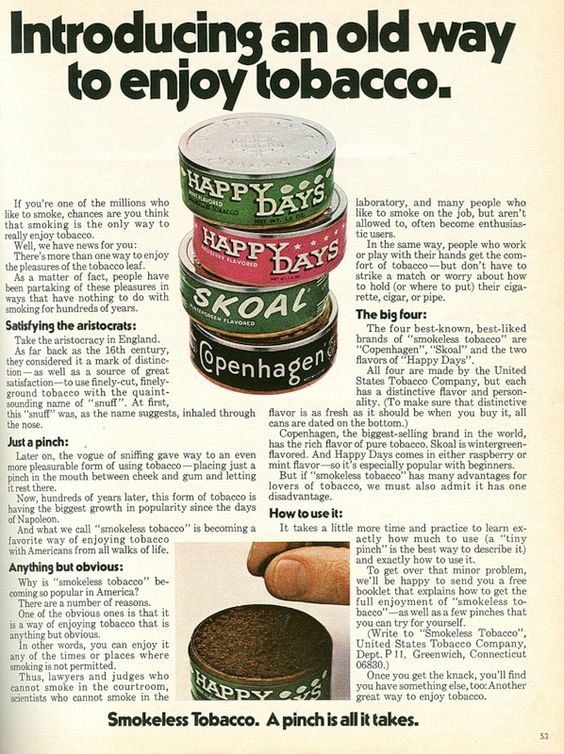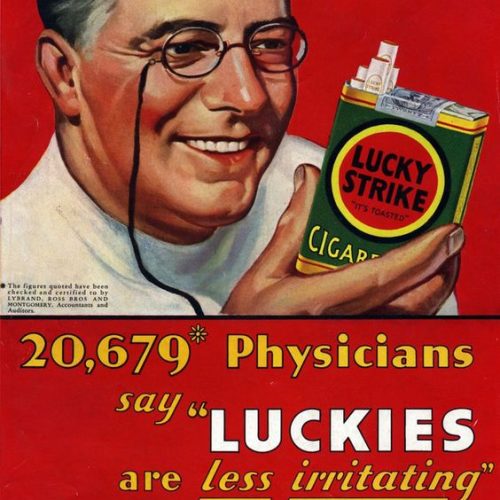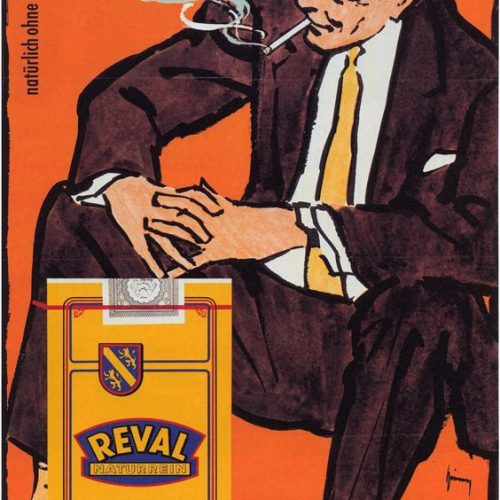Chewing tobacco, also known as smokeless tobacco, is a product made from cured tobacco leaves that are chewed or placed between the cheek and gums. Despite being less common than smoking cigarettes, chewing tobacco remains a significant health concern due to its addictive nature and associated health risks.
History of Chewing Tobacco
Chewing tobacco has a long history, dating back to indigenous cultures in the Americas. Native Americans were among the first to cultivate and use tobacco for medicinal and ceremonial purposes. European settlers later adopted the practice, leading to widespread consumption.
Types of Chewing Tobacco
Loose Leaf
Loose leaf chewing tobacco consists of shredded tobacco leaves that are packaged in pouches or tins. Users take a pinch of tobacco and place it between their cheek and gums.
Twist
Twist tobacco is made by twisting cured tobacco leaves into a rope-like shape. Users cut off portions of the twist and chew on them.
Plug
Plug tobacco is a dense, pressed form of chewing tobacco. It is typically cut into smaller pieces before use and placed in the mouth.
Chew Bags
Chew bags are small pouches filled with tobacco and other flavorings. Unlike traditional chewing tobacco, users do not need to spit while using chew bags.
Health Risks Associated with Chewing Tobacco
Chewing tobacco poses numerous health risks, including:
Oral Health Effects
Chewing tobacco can lead to gum disease, tooth decay, and oral lesions. Prolonged use may also cause tooth loss and bone damage in the jaw.
Increased Risk of Cancer
Chewing tobacco contains carcinogenic compounds that can increase the risk of oral, esophageal, and pancreatic cancer. Regular users are at a higher risk of developing these diseases.
Cardiovascular Risks
Chewing tobacco use is associated with an increased risk of heart disease, stroke, and high blood pressure. The nicotine and other chemicals in chewing tobacco can constrict blood vessels and raise heart rate.
Addiction and Nicotine Content
Chewing tobacco is highly addictive due to its nicotine content. Nicotine is a psychoactive substance that stimulates the brain’s reward system, leading to dependence and withdrawal symptoms.
Chewing Tobacco and Cultural Influences
Chewing tobacco has cultural significance in certain regions and communities. It is often associated with traditional masculinity and rural lifestyles. However, attitudes towards chewing tobacco are evolving as awareness of its health risks grows.
Regulations and Bans
Many countries have implemented regulations and bans on the sale and advertising of chewing tobacco. These measures aim to reduce consumption and protect public health.
Methods of Quitting Chewing Tobacco
Quitting chewing tobacco can be challenging due to its addictive nature. However, there are various methods available, including counseling, nicotine replacement therapy, and support groups.
Alternatives to Chewing Tobacco
Several alternatives to chewing tobacco exist, including nicotine gum, patches, and lozenges. These products provide a way to satisfy nicotine cravings without the harmful effects of tobacco.
The Economic Impact of Chewing Tobacco
Chewing tobacco production and sales generate revenue for tobacco companies and agricultural producers. However, the economic costs of healthcare related to chewing tobacco use can be significant.
Marketing Tactics and Target Audience
Tobacco companies often target young adults and individuals in rural communities with marketing campaigns promoting chewing tobacco. These tactics can influence perceptions and behavior towards tobacco use.
Public Health Campaigns Against Chewing Tobacco
Public health organizations run campaigns to educate the public about the dangers of chewing tobacco and encourage cessation. These campaigns highlight the health risks and provide resources for quitting.
Myths and Misconceptions
There are many myths and misconceptions surrounding chewing tobacco, including beliefs that it is safer than smoking cigarettes or that it can aid in weight loss. Dispelling these myths is essential for promoting public health.
Future Trends and Outlook
As awareness of the health risks associated with chewing tobacco continues to grow, the prevalence of its use may decline. However, addressing cultural norms and social influences will be crucial in reducing its consumption.
Conclusion
Chewing tobacco remains a significant public health concern due to its addictive nature and associated health risks. Efforts to reduce its use must involve a combination of regulation, education, and support for cessation.
FAQs
- Is chewing tobacco safer than smoking cigarettes? No, chewing tobacco is not safer than smoking cigarettes. While it may not involve inhaling smoke directly into the lungs, chewing tobacco still poses significant health risks, including oral cancer, gum disease, and heart problems. Both smoking and chewing tobacco contain harmful chemicals and carcinogens that can cause serious health issues.
- How addictive is chewing tobacco? Chewing tobacco is highly addictive due to its nicotine content. Nicotine is a potent psychoactive substance that stimulates the brain’s reward system, leading to dependence and cravings. Users can quickly develop a tolerance to nicotine, requiring larger doses to achieve the same effects. Quitting chewing tobacco can be challenging due to its addictive nature.
- Can chewing tobacco cause cancer? Yes, chewing tobacco is associated with an increased risk of oral, esophageal, and pancreatic cancer. The carcinogens and toxic chemicals present in chewing tobacco can damage cells and DNA, leading to the development of cancerous tumors. Prolonged use of chewing tobacco significantly raises the risk of cancer in the mouth, throat, and digestive system.
- Are there any benefits to using chewing tobacco? No, there are no significant benefits to using chewing tobacco. While some users may perceive temporary pleasure or stress relief from chewing tobacco, the risks far outweigh any potential benefits. Chewing tobacco can cause serious health problems, including addiction, cancer, and cardiovascular disease. It is not a safe or healthy habit.
- What resources are available for quitting chewing tobacco? There are several resources available to help individuals quit chewing tobacco, including counseling, nicotine replacement therapy (NRT), support groups, behavioral therapies, and medication prescribed by healthcare professionals. These resources can provide guidance, support, and strategies for overcoming nicotine addiction and breaking free from the harmful habit of chewing tobacco.
If you or someone you know is struggling with chewing tobacco addiction, seeking support from healthcare professionals and utilizing these resources can greatly increase the chances of successfully quitting and improving overall health and well-being.











